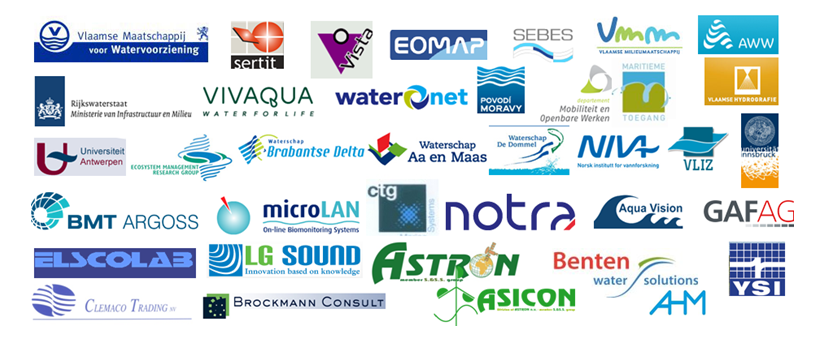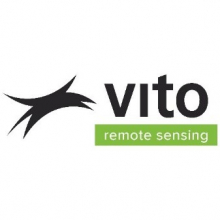
Objectives of the service
The main objectives of the feasibility study for the proposed integrated application are:
- Research on the technical feasibility
- Research on the economic feasibility
- Large user involvement in defining the system and services, establishing the proof-of concept, and in assessing the added value
This feasibility study provides two use cases, namely:
- Algae blooms in reservoirs
- Bathymetry mapping in (partially) shallow waters over large areas
One case will be selected for a proof of concept to demonstrate the integration of satellite services with mobile platform services depending on the user requirements, the available technologies and the system and service specifications of the integrated application. The proof of concept will be done using available earth observation and in-situ data. Based on the technical and economical feasibility and the possible interest of the end users, this project will provide a roadmap and a preparation for a follow-up demonstration project.
Users and their needs
- Environmental agencies: environmental monitoring, swimming water quality
- Coastal agencies: port access, bathymetry in shallow waters
- Dredging sector: dredging environmental impact (turbidity, ...), bathymetry
- Drinking water companies: monitoring drinking water production, water quality, calamities
- Port authorities: port access, bathymetry
- Scientific community: users of data
- Consultancy: environmental services
- NGO's: nature conservation
- Chemical producers: discharges in surface water
- Aquaculture sector: water quality and currents
- In-situ water quality sensor producers/suppliers
- AUV suppliers
- ICT industry
Service/ system concept
The activity is to deliver new services or a new integrated system for an integrated spatial approach on water systems concerning water quality and quantity monitoring.
Space Added Value
The added value of the integration of in-situ monitoring with earth observation are:
- Increase of spatial coverage and spatial resolution
- Consistent observations over time
- Provides data for a large area within a short time span
- An integrated approach on water systems providing also information about the surrounding environments and boundary conditions
- Shorter response / intervention time in case of calamities
- Complementarities between remote sensing and in-situ data collection through course control (hot spots)
Current Status
The SAVEWAER project finished in June 2013. The following tasks were successfully conducted:
- Stakeholder/user analysis
- State-of-the-art analysis
- System & service design
- Proof-of-Concept
- Viability study
- Feasibility assessment and roadmap to demonstration
- Conference/Workshop for the participants (February 2013)
The SAVEWATER IAP Feasibility Study assessed and proved successfully the concept of integrating satellite services with autonomous water vehicle services. Earth Observation is used in the system to obtain large area coverage and spatial trend detection, and Satellite Navigation is required for the operation of autonomous water vehicles and for direct geo-referencing of the in situ measurements.




